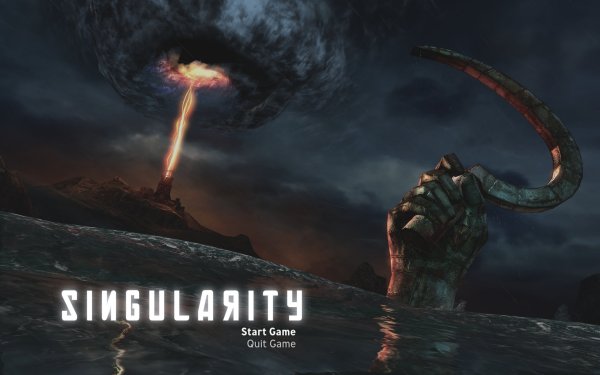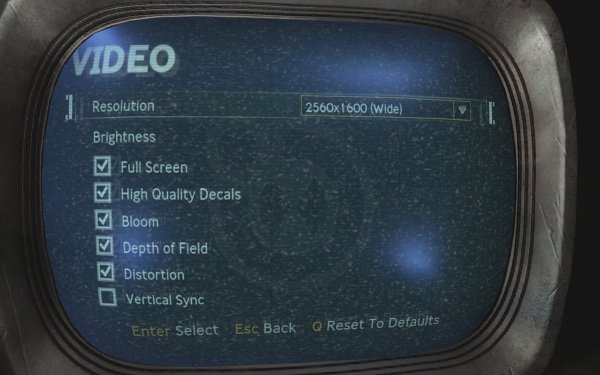Testing Methodology
In total we tested 22 graphics card configurations using ATI and Nvidia GPUs that ranged from the uber expensive models to budget-minded offerings.
Upon first run we found it odd that the graphics on Singularity looked very low-res. Something was definitely wrong and because we were able to test the game before its official U.S. release we suspected it could be related to a driver bug. Eventually we learned that there is a bug with texture loading that is present in the shipping version of the game.
Singularity features very few loading screens throughout its ten-hour campaign as it takes advantage of Unreal's streaming technology. Unfortunately, the game appears to have been rushed out the door and as a result areas take forever to load the textures correctly, giving Singularity the look of a 10-year-old game.
There is a fix that involves a little hex editing to increase the pool size. Note that this interim fix was not released by the developers but it does work. Once this fix was manually applied the game actually looks very impressive. Needless to be said, for testing purposes we benchmarked Singularity with the pool size workaround in place.
The latest official drivers were used for all graphics cards, which saw both Crossfire and SLI multi-GPU technologies working flawlessly.
Sadly the game has no option to enable anti-aliasing which is a bit of a joke really. For Nvidia owners it is possible to force AA which we will look at shortly, though this comes at a massive performance penalty. The latest ATI Catalyst drivers are not able to force AA in this title, so changing the settings simply has no effect.
For measuring frame rates we relied on Fraps, where we recorded a minute of gameplay from the first level (Workers' District). The Intel Core i7 920 processor was overclocked to 3.70GHz in an attempt to remove any CPU bottlenecks that could influence high-end graphics cards scores.
Finally, we understand many of you like to have CPU scaling performance included along with graphics, so we had our Core i7 processor downclocked to see what kind of impact this has on performance. We have also run similar tests using the Core i5 750, Core i3 540, Core 2 Quad Q6600, Core 2 Duo E8500, Phenom II X4 965 and Phenom II X2 555 processors.
We will be looking for an average of 60fps for stutter-free gameplay.
|
Test System Specs - Intel Core i7 920 (Overclocked @ 3.70GHz) - x3 2GB G.Skill DDR3 PC3-12800 (CAS 9-9-9-24) - Asus P6T Deluxe (Intel X58) - OCZ GameXStream (700 watt) - Seagate 500GB 7200-RPM (Serial ATA300) - Radeon HD 5870 (1GB) Crossfire - Radeon HD 5870 (1GB) - Radeon HD 5850 (1GB) - Radeon HD 5830 (1GB) - Radeon HD 5770 (1GB) Crossfire - Radeon HD 5770 (1GB) - Radeon HD 5750 (1GB) - Radeon HD 5670 (512MB) - Radeon HD 5570 (512MB) - Radeon HD 4890 (1GB) - Radeon HD 4870 (1GB) - Radeon HD 4850 (1GB) - Radeon HD 4830 (512MB) - Radeon HD 4770 (512MB) - GeForce GTX 480 (1536MB) SLI - GeForce GTX 480 (1536MB) - GeForce GTX 470 (1280MB) - GeForce GTX 285 (1GB) - GeForce GTX 275 (896MB) - GeForce GTX 260 (896MB) - GeForce 9800 GT (512MB) - GeForce 9600 GT (512MB) Software - Microsoft Windows 7 Ultimate 64-bit - Nvidia Forceware 257.21 - ATI Catalyst 10.6 |


